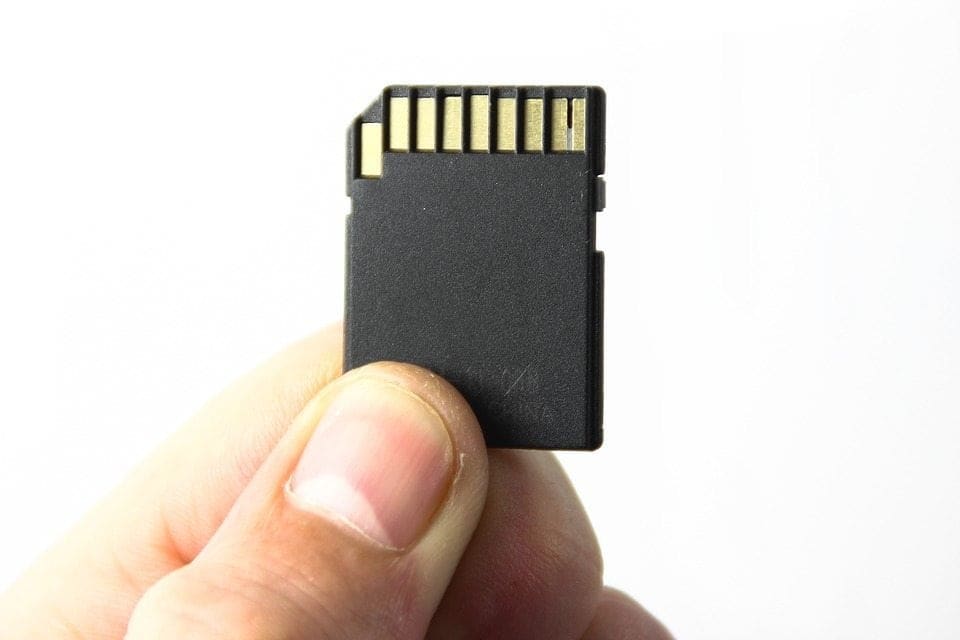You may have noticed before that your camera offers Erase All and Format options in its memory settings. What’s the difference between formatting and erasing a memory card? And when should you use each option?
In general, unless you are trying to prevent someone from recovering your images, it’s better to format a memory card than erase your files.
Deleting files – particularly if you do it over and over every time you shoot – puts unnecessary wear and strain on your memory card and could cause it to fail a lot sooner than it should.
But it’s not always so black and white…
When to format or erase a memory card
It’s always a good idea to format a memory card if it is new or if you are using it in a new camera.
Your camera employs a series of folders and system files to record your images to the memory card. When you format a memory card in your camera, all the system files and folders needed to store your images are created on the card. So you are effectively tailoring your card for use with this camera.
Any existing files and folders will then be deleted during the formatting process, including your images – even protected files. So please remember to back-up any images you want to save before formatting a memory card.
Erasing a memory card allows you to delete individual photos from your memory card. Unlike formatting a card, erasing will not delete any images you have protected.
You will be better off erasing images when you plan to keep using a memory card with the same camera, or if you simply want to remove a batch of unwanted images from a shoot.
Should I format a memory card in-camera or on the computer?
It’s generally recommended that you format a memory card within a camera. There can sometimes be subtle differences in the way a camera creates a file structure within a memory card vs a computer.
So to ensure absolute compatibility with your camera, it’s best to format your card in the camera.



